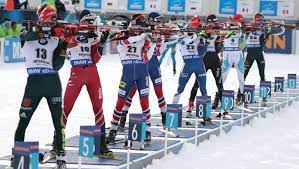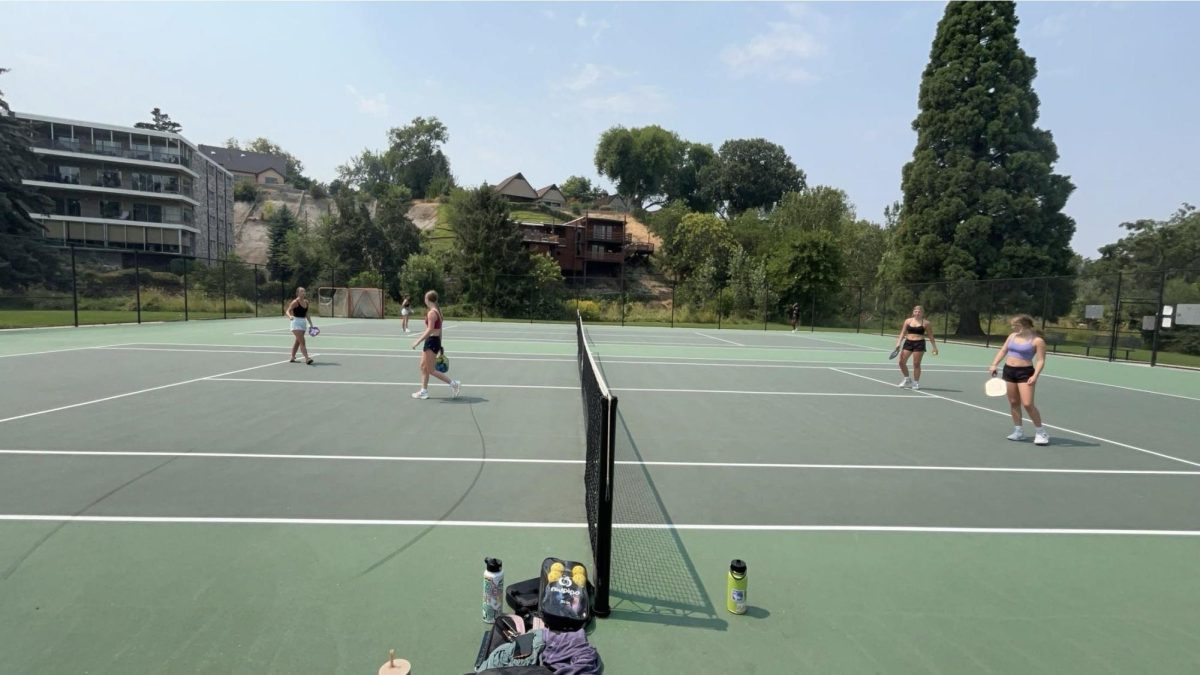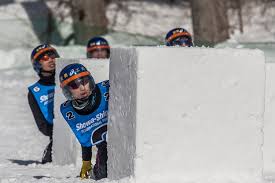When thinking of something fun to do in the snow, many people’s first thoughts go to sledding, skiing, and snowshoeing. But, a select group of people may think of a very different sport: a biathlon. A biathlon, although sounding like a triathlon, has nothing to do with running, swimming, or cycling. Instead, biathlon, at the most rudimentary level is cross country skiing but with guns.
The idea for biathlon came from none other than snowy Norway. Over four thousand years ago, depicted in rock carvings, ancient Norwegians were shown hunting down animals on skis. This tradition of skiing in winter months for hunting was transformed into a necessary aspect of Scandinavian military procedure. Norwegian military forces needed to be fast at skiing, while maintaining a steady shot in order to be effective soldiers. The combination of skiing and shooting became a deadly tactic, and biathlon competitions began to emerge as military exercises.
In 1767, troops along the Swedish-Norwegian border held the first ever documented biathlon competition. With biathlon slowly growing in popularity, it eventually was added to the 1924 Olympic games as “Military Patrol”. Then, in 1960 biathlon was officially added as an official Olympic event for the winter games. Since then, biathlon has become a worldwide sport, even with students at Boise High participating in biathlon.
An average individual biathlon, male participants ski for 20 km while female participants ski for 15 km. The track is arranged in a way that the race is done in five different laps. At the end of each lap, the athlete shoots four targets, alternating shooting in a standing position to a prone (laying down) position. For each target missed, a time penalty depending upon the competition is added to the biathlete’s final time.
In addition to a traditional individual event, biathlon can be done in a sprint or a super sprint, each having shorter laps. Another type of biathlon is pursuit racing and mass starts, in which the first across the finish line wins. However, for each missed shot, biathletes need to ski a penalty lap instead of adding time.
Biathlon continues to attract a diverse audience from across the world with its nail biting intensity and the extensive amount of control and precision it takes from its athletes. One missed shot can cost a biathlete the entire race, and that suspense, along with the skillful blend of marksmanship with powerful skiing makes biathlon unlike any other sport.









